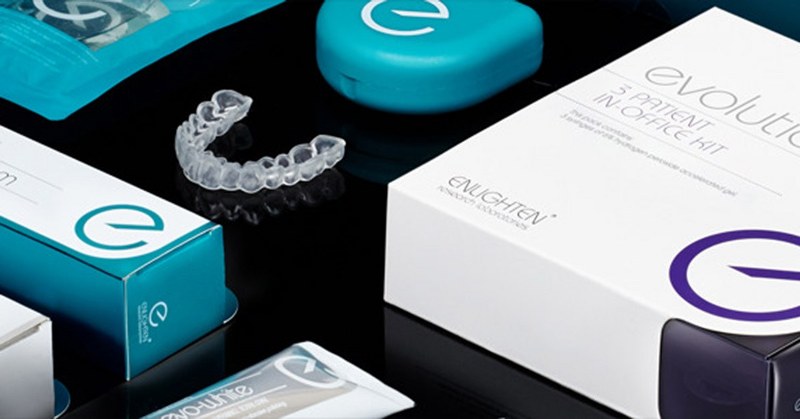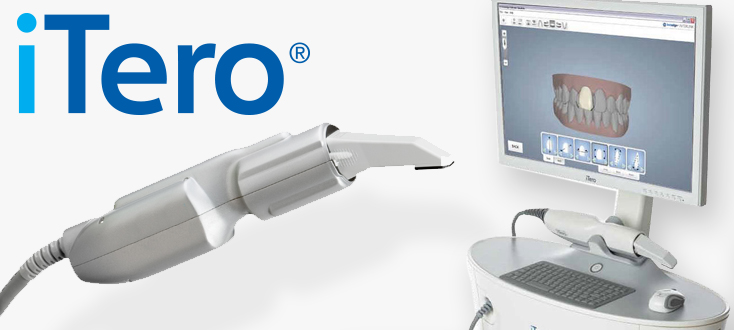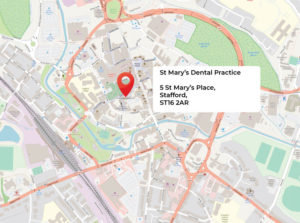Do I need a dental filling?
If you're not sure whether you need a dental filling, ask yourself these questions:
- Do you feel pain when biting down?
- Do you feel any rough or sharp areas?
- Do you feel any sensitivity to hot or cold food?
- All people regardless of age may benefit from dental fillings.
- You may even have noticed a cavity, or food getting caught in a damaged tooth yourself.
If you need a dental filling, there are several reasons why you might need one. Bacteria feeds off sugar and starch found on our teeth from foods we eat and drinks we consume. When plaque builds up on tooth surfaces, it softens and dissolves the protective layer of enamel, creating small holes which eventually become larger.
If you're prone to acid erosion, be sure to avoid acidic foods and beverages (like citrus fruits) and medications that cause heartburn.
A chip – You may have a cracked or chipped tooth from an accident, or because you ate something very hard. This can expose the inner parts of the tooth to food that it would not otherwise and lead to erosion over time.


What is involved with a dental filling?
Some fillings don't need tooth to be numb before they're placed; however if necessary, your dentist may inject an anaesthetic into the affected area.
Your dentist will then clean out any decayed or weak sections of the teeth. They'll then shape, clean and dry any remaining teeth so they can be filled.
Your Dentist may place a temporary filling into the tooth.
They will then check how your teeth bite together to ensure your mouth sits comfortably.
What kind of dental fillings are available?
Your Dentist will discuss your options and explain all treatments available to you. Dentists like to save teeth where possible and may suggest the following filling types.
-
Amalgams
These traditional silver coloured filling materials are usually composed of a mixture of several different types of metal (including silver). It's very durable, which makes it perfect for filling cavities in your back teeth. As long as you keep them clean, amalgam fillings can last up to forty years. Your dentist might recommend not having an amalgam fill if you're pregnant, but he/she can discuss this with you.
-
Composite Fillings
They're called composite fillings because they look similar to natural tooth enamel (composite), which makes them appear white when placed inside your mouth. They appear natural, so they're good for people who want their fillings discrete.
-
Inlays and overlays
When a traditional filling doesn’t seem right for you, your dentist might suggest an inlay or overlay instead. They're better suited for bigger chewing surfaces, such as between your back molars. Overlays cover the entire surface of the teeth; they're used when there's too much decay for an inlay to be placed. They can be made from metal, composite or porcelain. If porcelain is right for you, then porcelain might be best. It's virtually invisible.
-
Root canal treatment
May be needed if the cavity is too deep for an ordinary filling, or if there’s damage at the centre of your tooth. Root canal treatments (or root canals) are not the same as regular dental fillings.



Advantages of Dental Fillings?
Tooth filling materials are an excellent way to fix damaged teeth, and they can prevent toothaches while stopping further damage. However, It would be best if you avoided having teeth filled at all costs. If you want to get better at brushing your teeth, ask for advice from your dental hygienist or dentist. They may be able to give some tips.
Cutting back on sugar and acidity by avoiding them altogether. If you consume too many sweets during the day, then your teeth won’t be able to recover from their exposure to the sugars.
-
Visiting your dentist for regular checkups
-
Brushing after cleaning between your teeth
-
Brush your teeth twice daily for 2 minutes each time.
-
Use the right toothpaste - your dentist or dental hygienist can tell you which one is best for you.
-
Change your toothbrush/electric toothbrush head at least once every 3 months
-
You need to see your dentist for advice on looking after your teeth.
-
Book an appointment at one of our dental practices near you.
The procedure is simple and quick; it often takes less than a few hour from start to finish.
What to expect during the procedure
Depending on where the filling is located and which material(s) are used, the steps may differ slightly. However typical steps are as follows:
A numbing agent is applied to the gums before any treatment begins. After this has been applied, your dentist will often then inject a local anesthetic under the gums.
Carefully using a drill or another specialized tool, your dentist will remove the decayed area of the tooth and generally clean the surrounding area.
Your Dentist will then fill the hole present in your tooth.
They finish off by polishing the filling and adjusting it so that the patient’s bite feels natural.
When using a composite filling material, dentists need to cure (or harden) it by exposing it to a specific type of light.
You might be advised by your dentist not to eat or drink anything for an hour after having anesthesia administered. It prevents people from accidentally biting their tongues or the insides of their cheeks.
Dental Fillings, frequently asked quesitons.
What should you do after you've had a filling?
It might be uncomfortable for a short time after receiving your treatment, any pain usually goes away quickly but you might experience some difficulties when eating solid foods after starting the treatment.
As soon as sensations begin returning, you may feel some tingles. Try to avoid chewing on that side until after you've had some time off from eating there. It may help if you bite down gently so you don't damage any nerves.
After a few days following your filling procedure, your teeth may become more sensitive to hot and cold temperatures for up to one week. Tell your dentist if it becomes painful or lasts too long; this might be an indication of something wrong with the tooth.












